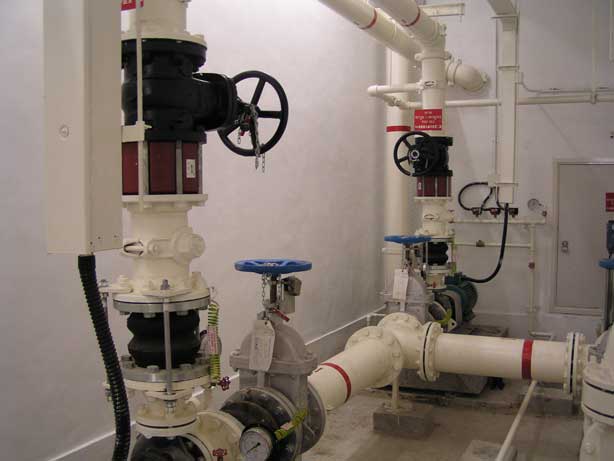
Electrical System
Modern society requires smart, simple, safe, reliable, and economical electric power infrastructure for social, political, and economic activities. The infrastructure should be efficient, flexible to expand, economical to maintain and operate.
Power Distribution for Large Buildings
Large buildings have a much higher electrical load than small buildings; therefore, the electrical equipment must be larger and more robust. Large building owners will also purchase electricity at high voltages because it comes at a cheaper rate. In this case, the owner will provide and maintain their own step-down transformer, which lowers the voltage to a more usable level. This transformer can be mounted on a pad outside the building or in a transformer room inside the building.
The electricity is then transmitted to switchgear. The role of the switchgear is to distribute electricity safely and efficiently to the various electrical closets throughout the building. The equipment has numerous safety features including circuit breakers, which allow power to be disrupted downstream – this may occur due to a fault or problem, but it can also be done intentionally to allow technicians to work on specific branches of the power system.







